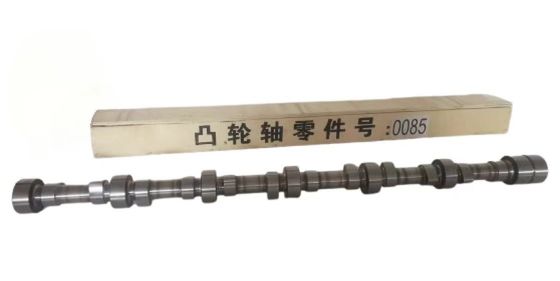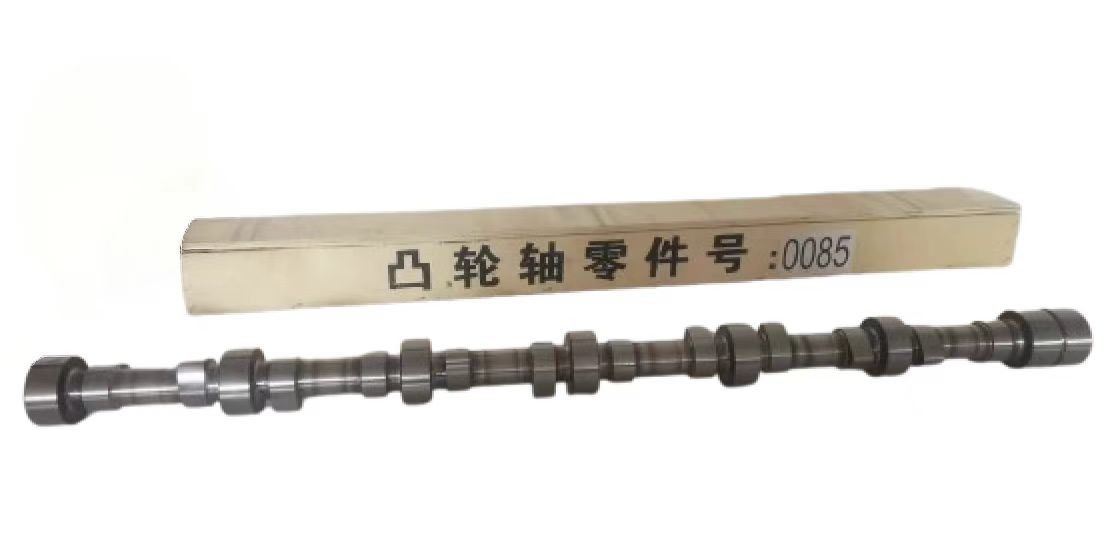-
Highlight
Mechanical Brake Camshaft
,Brake Camshaft Replacement
,Truck Brake Camshaft
-
Place of OriginCHINA
-
Brand NameHOWOSTAR
-
Minimum Order Quantity1pc
-
PricePrice to be negotiated in person
-
Packaging DetailsPackeges in WoodenBox
-
Delivery Time5-7days
-
Payment TermsL/C, T/T
-
Supply Ability1000pcs per day
Mechanical Component Brake Camshaft Replacement Truck Brake Parts
Brake Camshaft
Brake Camshaft Functions
-
Actuation of Brake Components:
The brake camshaft is a mechanical component that converts rotational motion into linear or reciprocating motion, which is used to actuate various brake components such as brake pads or shoes. As the camshaft rotates, it pushes or pulls against levers or linkage systems, causing the brake pads or shoes to press against the rotating brake disc or drum, thereby generating the necessary friction to slow or stop the vehicle. -
Timing and Control of Brake Engagement:
The design and profile of the camshaft determine the timing and extent of brake engagement. The cams on the camshaft are precisely shaped to ensure that the brakes engage smoothly and with the appropriate force, depending on the braking demand. This helps to provide a consistent and predictable braking performance. -
Integration with Vehicle Systems:
The brake camshaft is typically integrated into the overall vehicle braking system, working in conjunction with other components such as the master cylinder, brake calipers, and brake fluid lines. The camshaft's operation is often linked to the driver's inputs through the brake pedal, allowing for precise control over the braking process. -
Enhancing Safety and Performance:
The efficient and reliable operation of the brake camshaft is crucial to the safety and performance of the vehicle. It ensures that the brakes engage quickly and effectively in response to the driver's inputs, helping to prevent accidents and minimize stopping distances. -
Adaptability and Advanced Features:
In some modern vehicles, brake camshafts may incorporate advanced features or be designed for adaptability. For example, some brake systems may use variable camshaft timing technology to optimize brake performance under different driving conditions. Additionally, some brake camshafts may be designed with integrated sensors or other monitoring devices to provide feedback on the braking system's performance.


